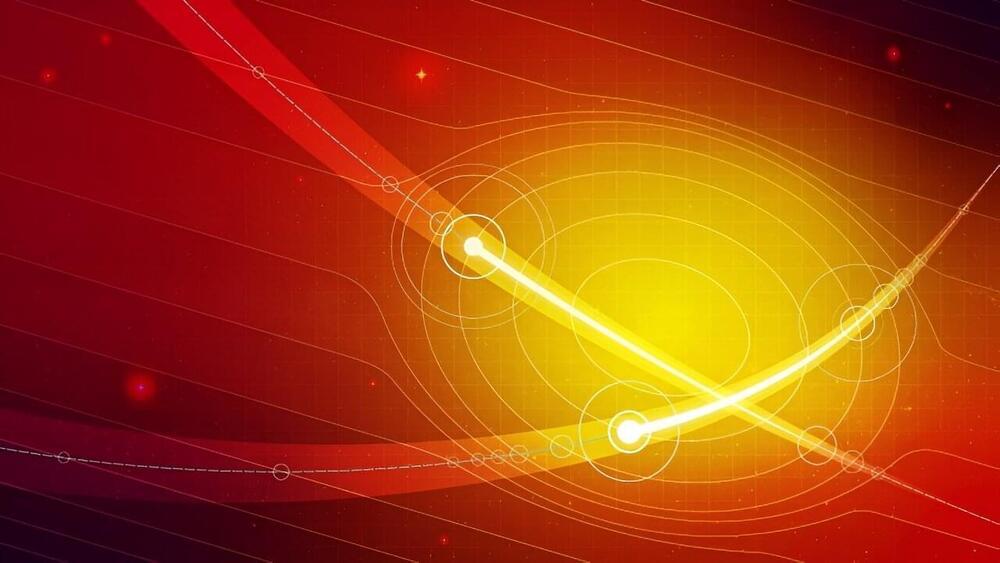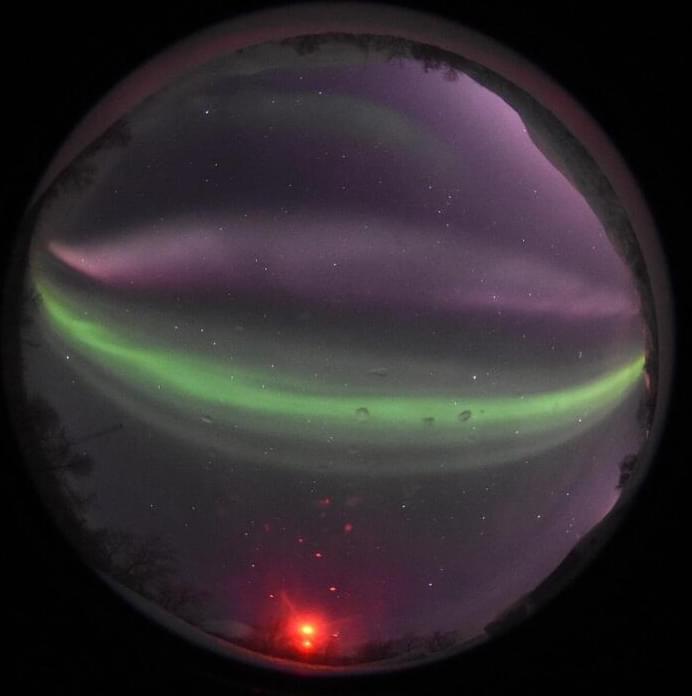Archive for the ‘satellites’ category: Page 5
Jul 7, 2024
SpaceX Falcon 9 to deploy Turkish satellite. When, where to see it in Daytona, New Smyrna
Posted by Genevieve Klien in category: satellites

Though SpaceX has yet to announce this mission, the Federal Aviation Administration and Space Coast Office of Tourism now report the Türksat 6A satellite will launch Monday afternoon — though the target date has bounced around the past couple days.
Mission: A SpaceX Falcon 9 rocket will deploy Turkey’s first domestically manufactured geostationary communications satellite, the Space Coast Office of Tourism reports.
Jul 5, 2024
Satellite company spots ‘significant deformation’ at Lake Livingston Dam
Posted by Genevieve Klien in category: satellites
Jul 4, 2024
Planetary Boundary Layer Revealed: Satellites Illuminate Atmospheric Mysteries
Posted by Saúl Morales Rodriguéz in categories: climatology, satellites, sustainability
New research has unraveled the complex dynamics of the planetary boundary layer, enhancing satellite detection of atmospheric pollutants and aiding environmental management and climate modeling efforts.
A new study has provided groundbreaking insights into Earth’s planetary boundary layer (PBL), a crucial area that affects air quality and climate. By analyzing satellite data, researchers have explored how the temperature gradient from the surface to the atmosphere impacts the identification of atmospheric pollutants, offering a deeper understanding of atmospheric thermal contrasts (TC).
The endeavor to keep tabs on and curb air pollution has been stymied by the enigmatic nature of the planetary boundary layer (PBL). This atmospheric strip, in constant caresses with the Earth’s surface, is a hotbed for pollutants. Yet, its mercurial dance through time and across geographies presents a formidable scientific puzzle. Given these hurdles, an in-depth dissection of the thermal contrast (TC) that delineates this layer is imperative.
Jul 3, 2024
New AI program helps identify elusive space plasmoids
Posted by Saúl Morales Rodriguéz in categories: physics, robotics/AI, satellites
In an ongoing game of cosmic hide and seek, scientists have a new tool that may give them an edge. Physicists at the U.S. Department of Energy’s (DOE) Princeton Plasma Physics Laboratory (PPPL) have developed a computer program incorporating machine learning that could help identify blobs of plasma in outer space known as plasmoids. In a novel twist, the program has been trained using simulated data.
The program will sift through reams of data gathered by spacecraft in the magnetosphere, the region of outer space strongly affected by Earth’s magnetic field, and flag telltale signs of the elusive blobs. Using this technique, scientists hope to learn more about the processes governing magnetic reconnection, a process that occurs in the magnetosphere and throughout the universe that can damage communications satellites and the electrical grid.
Scientists believe that machine learning could improve plasmoid-finding capability, aid the basic understanding of magnetic reconnection and allow researchers to better prepare for the aftermath of reconnection-caused disturbances.
Jul 2, 2024
SpaceX launching 20 Starlink satellites from Florida early on July 3
Posted by Genevieve Klien in categories: internet, satellites
Jul 1, 2024
Turion wins Space Force contract for debris-capture technology
Posted by Genevieve Klien in categories: robotics/AI, satellites
WASHINGTON — Turion Space, an Irvine, California-based startup, has secured a $1.9 million contract from SpaceWERX, the U.S. Space Force’s technology arm, to develop an autonomous spacecraft docking and maneuvering system. The contract aims to advance technologies for engaging uncooperative space objects and facilitating the deorbit of inactive satellites.
Ryan Westerdahl, Turion’s co-founder and CEO, said in an interview that the company is focusing on in-space mobility and non-Earth imaging. Turion launched its first satellite, Droid.001, a 32-kilogram spacecraft designed for space situational awareness, in June 2023. Data from this satellite is being integrated into the Space Force’s Unified Data Library.
Westerdahl revealed plans for a demonstration as early as 2026, featuring a Droid mothership hosting “micro-Droid” satellites equipped with the capturing device being developed under the SpaceWERX contract. The micro-Droid, partly funded by NASA, will use grapplers to capture debris objects.
Jun 30, 2024
Swarm Satellites Help Aurora Chasers Discover Steve’s Long-Lost Twin
Posted by Natalie Chan in category: satellites
Ever since aurora chasers discovered Steve, a mysterious ribbon of purple light in the night sky, scientists have wondered whether it might have a secret twin. Now, thanks to a photographer’s keen eye, and data from ESA’s Swarm satellites, we may have found it.
Steve was a sensation when scientists stumbled across it a few years ago, thanks to the eagle eyes and excellent photography of the Alberta Aurora Chasers Facebook group.
But its mauve hue and fleeting appearance meant it couldn’t be a feature of the aurora borealis, commonly known as the northern lights, which comes in shades of green, blue and red and can last for hours. So, what could it be?
Jun 29, 2024
SpaceX Starlink Satellites Deployed In Stunning View From Space
Posted by Genevieve Klien in categories: internet, satellites
Starlink satellites were deployed by SpaceX. Watch multiple views captured by cameras aboard the Falcon 9 rocket second stage. Credit: Space.com | footage courtesy: SpaceX | edited by Steve Spaleta Music: New Age Solitude by Philip Ayers / courtesy of Epidemic Sound.
Jun 28, 2024
Redwire Awarded DARPA Prime Contract for SabreSat Spacecraft Very Low-Earth Orbit Demonstration
Posted by Genevieve Klien in categories: economics, satellites, security
JACKSONVILLE, Fla. (June 17, 2024) – Redwire Corporation (NYSE: RDW), a leader in space infrastructure for the next generation space economy, announced today that it has been awarded a contract from the Defense Advanced Research Projects Agency (DARPA) to be the prime mission integrator for the development of a revolutionary air-breathing satellite that will demonstrate the use of novel electric propulsion systems in very low-Earth orbit (VLEO) using Redwire’s SabreSat VLEO platform. The program leverages Redwire’s worldwide leadership in developing and providing VLEO capabilities.
The strategic significance of VLEO is growing – especially for national security missions. While low-Earth (LEO) and geosynchronous (GEO) orbits are becoming increasingly congested and contested, spacecraft in VLEO operate in a relatively unimpaired environment. Bridging the gap between air and space, VLEO spacecraft fly above airborne anti-access areas while operating significantly closer to the area of responsibility on the ground than existing satellites. Additionally, unlike LEO and GEO, debris in VLEO deorbits in hours or days rather than in decades or more.
“We are proud to be leveraging our SabreSat satellite design to support critical VLEO technology advancements for DARPA’s game-changing Otter program,” said Spence Wise, Redwire Senior Vice President, Missions and Platforms. “As VLEO emerges as a critical domain for national security missions, Redwire is continuing to make investments to support technology innovation and strategic operations in this environment.”
















